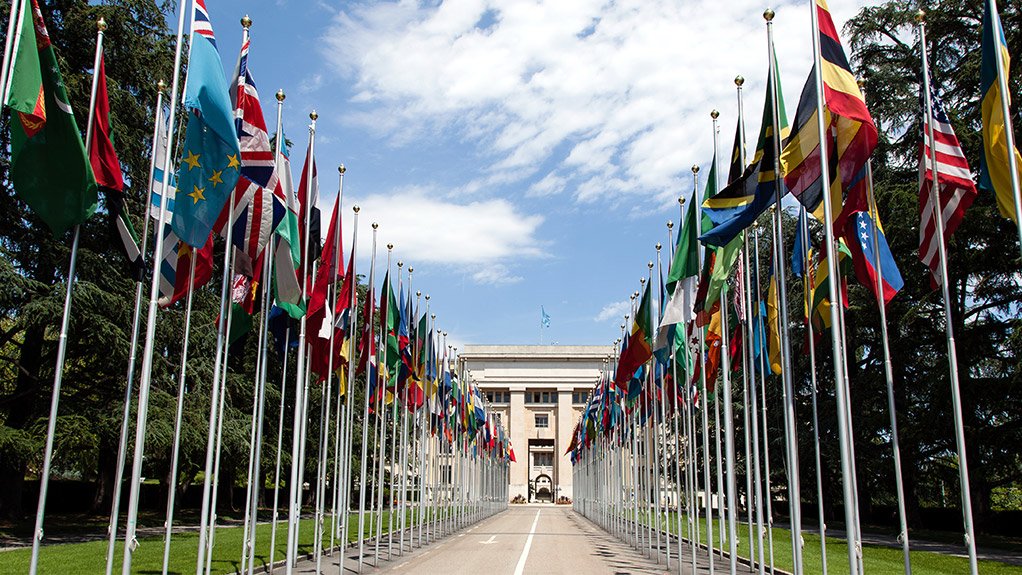Developing countries would have been $2-trillion better off had rich countries consistently placed 0.7% of their gross national income into overseas aid since 2002, the United Nations (UN) said on Monday.
The United Nations Conference on Trade and Development (Unctad) secretary-general Mukhisa Kituyi said developing countries would be capable of financing the Sustainable Development Goals had rich countries met their targets.
The target was first proposed by Unctad in 1968, then agreed to by the global community in 1970 and later reconfirmed at the International Conference on Financing for Development, in Mexico in 1992. Only six countries have ever reached the target.
Unctad on Monday announced the first major effort to measure progress in achieving the new goals by launching the ‘Development and Globalization: Facts and Figures 2016’ report, which is dedicated to the Sustainable Development Goals, which were adopted by the UN in September 2015.
In 2015 the international community tasked Unctad, the International Monetary Fund, the UN Development Programme, the World Bank and the World Trade Organisation with identifying the means to finance the Sustainable Development Goals, through its Addis Ababa Action Agenda.
This year’s report highlights the international focus on the new goals and adds numerical values for about a third of the goals’ 230 indicators. It also generates the $2-trillion figure and highlights some of the challenges in measuring progress on achieving the goals.
“The Sustainable Development Goals represent the outcome of long, serious discussions on how we want our world to look in 2030, but this vision needs serious finance. The 0.7% target will be a hard sell for many rich governments, but these are a daring, ambitious set of goals, and they require an equally ambitious response,” said Kituyi.
The goals have four times the number of indicators of the predecessor Millennium Development Goals, Unctad head of statistics Steve MacFeely said. But even for the Millennium Development Goals, the global community was able to measure only 70% of the indicators.
“The global community has major gaps in its data and must find ways to use the existing data much better. This report is online and interactive and has already thrown out some interesting results,” he said.
EMAIL THIS ARTICLE SAVE THIS ARTICLE
To subscribe email subscriptions@creamermedia.co.za or click here
To advertise email advertising@creamermedia.co.za or click here











